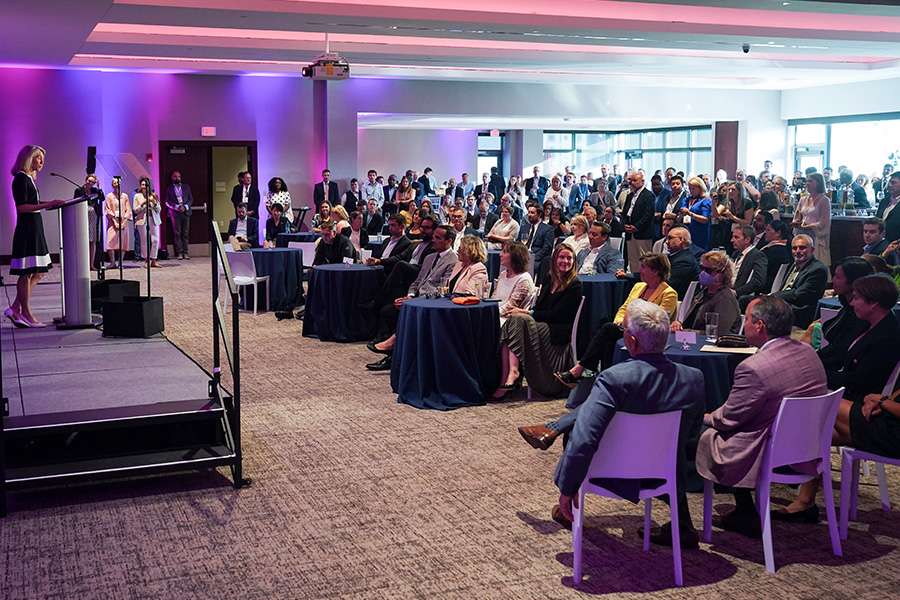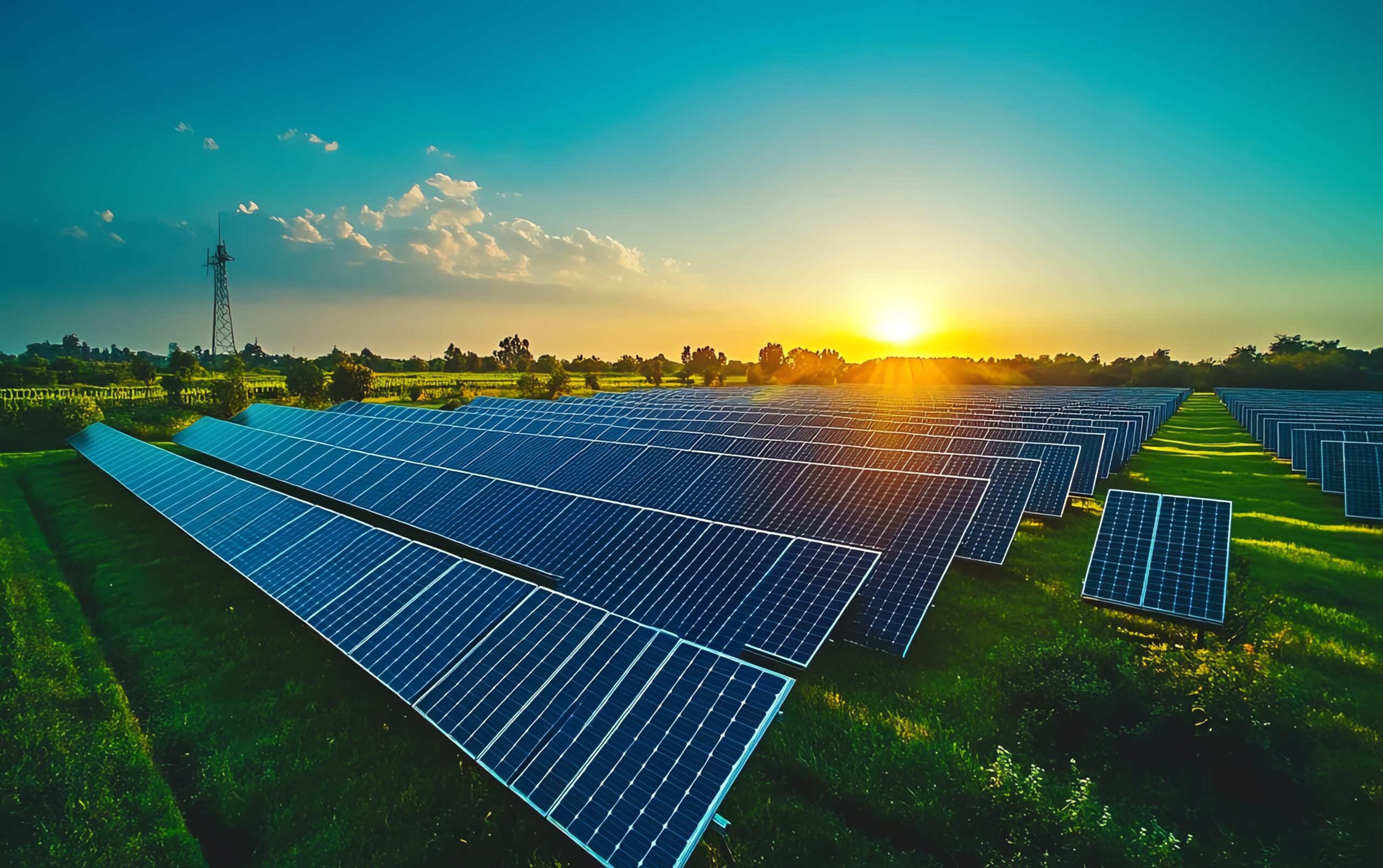As ClimaTech Boston 2025 kicks off, we find ourselves at a turning point in the fight against climate change. The intersection of groundbreaking technologies, shifting market dynamics, and pressing environmental needs is unlocking extraordinary opportunities for innovation.
The Innovation Landscape: Where Technology Meets Urgency
The climate tech ecosystem is evolving rapidly, transitioning from isolated solutions to integrated systems that drive lasting impact. The U.S. leads the charge, accounting for 45% of total investments while emerging markets show the fastest growth rates. Regions like the EU, China, and North America are setting the pace with game-changing advancements across the globe.
Here are ten transformative trends actively shaping our journey toward a sustainable future.
- Clean Energy Revolution: Beyond Traditional Renewables
The clean energy sector is moving beyond wind and solar to embrace integrated systems decentralizing energy production. Community-based microgrids and AI-enhanced distribution networks are redefining energy independence. For example, the EU’s grid modernization has reached 65% renewable integration. India’s decentralized energy program now connects 2,000 rural communities. The U.S. renewable energy sector grew 35% in 2024, with California achieving 80% renewable grid integration. Massachusetts’ MicroGrid Communities Initiative has scaled rapidly, with 400% growth in community-owned projects since 2021.
- Climate-Smart Agriculture: The New Food System Paradigm
Agriculture, a major contributor to carbon emissions, is transforming into a solution through regenerative practices and innovative technologies. Singapore’s vertical farming initiative reduced land use by 90% while boosting yields by 400%. Brazil’s regenerative agriculture program converted 100,000 hectares into carbon sinks. In the U.S., regenerative practices now span 15 million acres, with Iowa leading smart farming adoption.
- Sustainable Mobility: The Multi-Modal Future
Transportation’s shift to sustainable solutions is accelerating. While EVs take the spotlight, micro mobility options and smart infrastructure are transforming urban transit. EVs accounted for 14.6% of global new vehicle sales in 2024, led by China at 25% and Europe at 21%. With smart infrastructure integration, Massachusetts’ Green Transportation Initiative cut urban transportation emissions by 25%.
- Circular Economy: Reducing Waste, Creating Jobs
Moving from a linear to a circular economy is critical for reducing raw material consumption and emissions. Advances in materials recovery are driving this shift. Global recovery rates for critical materials rose by 45% in 2024. South Korea leads with a 90% electronics recycling rate. The EU’s circular economy initiatives created 2 million new jobs, with California adding 500,000 jobs.
- Low-Carbon Manufacturing
Manufacturing’s green revolution is reducing resource-intensive operations. Heat recovery systems and smart factories have cut emissions globally by 30%.
- Sustainable Land & Water Management
Deforestation and water mismanagement exacerbate climate challenges. Innovations in land restoration and water management are yielding results. Global wetland restoration reclaimed 50,000 hectares in 2024. China’s Sponge Cities program improved water management for 100 million people. Massachusetts’ Coastal Restoration Project regenerated 5,000 acres of wetlands.
- Smarter Building Management
Buildings account for significant energy use and emissions. Smart technologies are revolutionizing energy efficiency. Advanced Building Management Systems (BMS) achieve up to 45% energy savings. Massachusetts’ Smart Buildings Initiative reduced commercial buildings’ energy consumption by 50%.
- Carbon Data & Analytics
“What gets measured gets managed.” Advanced tools like IoT sensors and satellites are enabling precise climate modelling and better decision-making. Satellite monitoring now covers 85% of global emissions sources. Startups are driving innovation in carbon accounting, helping businesses maximize impact investments.
- Carbon Capture and Storage (CCS)
While renewable energy scales up, CCS technologies are bridging the gap. Global CCUS capacity grew by 80% in 2024. Norway’s Northern Lights project stores 1.5 million tons annually, while Texas’ Century Plant captures up to 8.4 million tons of CO₂. Natural solutions like the UK’s Wild Exmoor Project restore coastal woodlands to enhance carbon capture.
- Green Construction
The construction industry is adopting sustainable practices to lower emissions. Sweden’s timber construction program reduced project emissions by 70%. UAE’s 3D-printed buildings cut waste by 90%.
Charting the Path Forward
ClimaTech 2025 is more than a showcase of innovation; it’s a platform for collective action. Innovation hubs worldwide, from Boston to Berlin, are developing solutions to our shared climate challenges. We can turn emerging technologies into lasting climate solutions by harnessing these trends and fostering collaboration.
Join us as we explore these breakthroughs and chart a sustainable future together.








